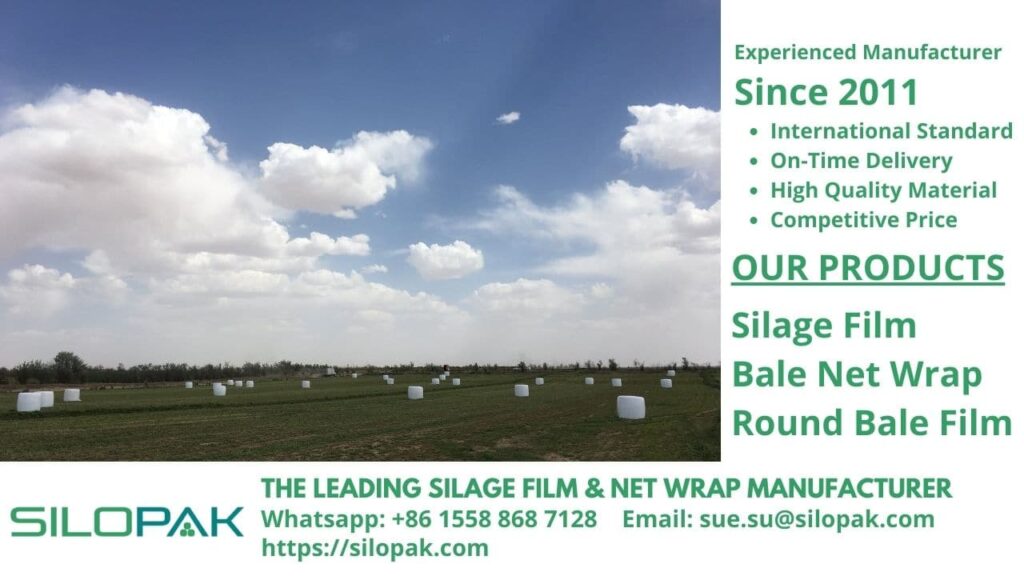
Anyone has a curious mind and ever asked themselves, “Exactly what is forage and why is it important in raising cattle?” If you are one of those people struggling with finding the answer, you have come to the right place. We are here to talk further about this thing, and we sure do hope we can give you a satisfying answer to put this question to an end.
contents
What Is Forage and What are Their Types?
First thing first, forage is a verb used to denote an activity of going places to find something to eat. That is according to the dictionary, of course. It means when you’re foraging, you’re looking for food.
However, when it comes to animal husbandry, the term changes its meaning into a noun. In this sense, the word is used to refer to plant material that the cattle eat to sustain their dietary needs. The question of “So, what is forage, then?” can be answered by actually talking about livestock’s nutritional requirements. The plant material in question typically consists of plant leaves and stems. This stuff is the primary source of nutrients for grazing livestock. Grazing livestock is animals grown in husbandry that are allowed to roam freely to search for food.
But this is not always the case, however. In the past, the term forage was used to refer exclusively to plants that the animals eat as pasture, a residue of the crop, or cereal crops that are immature. Today, the term covers a wider range of options, including plants cut for fodder that the owner carries to the animals, such as silage or hay.
There is also the term forage crop. This is the types of crop that are specifically grown to be used for grazing purposes. So, if one day someone comes toward you, asking, “Hey, what is forage?” somehow, you can answer the person, telling them, “Forage is basically what you serve your livestock with or what you let them eat to their heart’s desire.”
Forage Types
Now, what are forage types? Not all plants can be used for grazing. Typically, types of forage for this purpose can be divided into several categories:
Grasses
Many species of grasses can be used as forage, such as bentgrasses, hurricane grass, and orchard grass.
Herbaceous Legumes
These are the legumes harvested from herbaceous plants. Examples include butterfly pea, alfalfa, soybean, clovers, and vigna.
Tree Legumes
Tree legumes are the legumes produced by specific trees such as silk trees, lead trees, and earpodtree.
Silage
Silage is a type of animal food that has been treated through fermentation. Silage generally comprises materials from alfalfa, corn, the mixture of grass and legumes, oats, and sorghums.
Crop Residue
Crop residue is exactly that. It’s the remains of harvested crops that are not used for any primary purposes. This could include sorghum and the remains of corn or soybean.
Taking a Glimpse into What Silage May Be Good for
Of the five groups of forage mentioned above, silage is perhaps the one with the most unique property. Why did you ask? Well, the fermentation process involved in preparing silage isn’t something occurring naturally. The farmer will advertently ferment plant parts to form silage. Once ready, the food is fed to the animals raised in the husbandry. You may then question, “But what is forage of this type good for that people are making them?”
The answer lies in the fact that silage is fully nutritious and helps with strengthening the animal’s resistance to disease. As such, this further enables the farmer to make do without utilizing antibiotics or other kinds of drugs to treat diseases. Also, silage is readily full of nutrients that the animals fed with it can absorb right away as the food has already been broken down through fermentation.
The cattle’s intention may perform better as they don’t have to process the food for a longer time. This advantage should be enough to answer that “what is forage of this type good for” question.
Through the explanation above, your “what is forage” conundrum should have ended by now. Any other concerns or issues you might have regarding this topic can be solved as we at Silopak are more than ready to provide you with the kind of information you require in the future.
